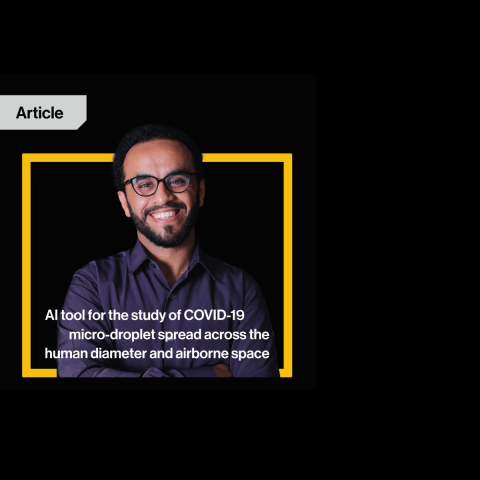The 2019 novel coronavirus (SARS-CoV-2 / COVID-19), with a point of origin in Wuhan, China, has spread rapidly all over the world. It turned into a raging pandemic wrecking havoc on health care facilities, world economy and affecting everyone’s life to date. With every new variant, rate of transmission, spread of infections and the number of cases continues to rise at an international level and scale. There are limited reliable researches that study microdroplets spread and transmissions from human sneeze or cough in the airborne space. In this paper, we propose an intelligent technique to visualize, detect, measure the distance of spread in a real-world settings of microdroplet transmissions in airborne space, called “COVNET45”. In this paper, we investigate the microdroplet transmission and validate the measurements accuracy compared to published researches, by examining several microscopic and visual images taken to investigate the novel coronavirus (SARS-CoV-2 / COVID-19). The ultimate contribution is to calculate the spread of the microdroplets, measure it precisely and provide a graphical presentation. Additionally, the work employs machine learning and five algorithms for image optimization, detection and measurement.
Abdulla Hussein, a graduate of RIT Dubai (Data Analytics) has co-authored an article "AI tool for the study of COVID-19 micro-droplet spread across the human diameter and airborne space."
Click here to read more.
